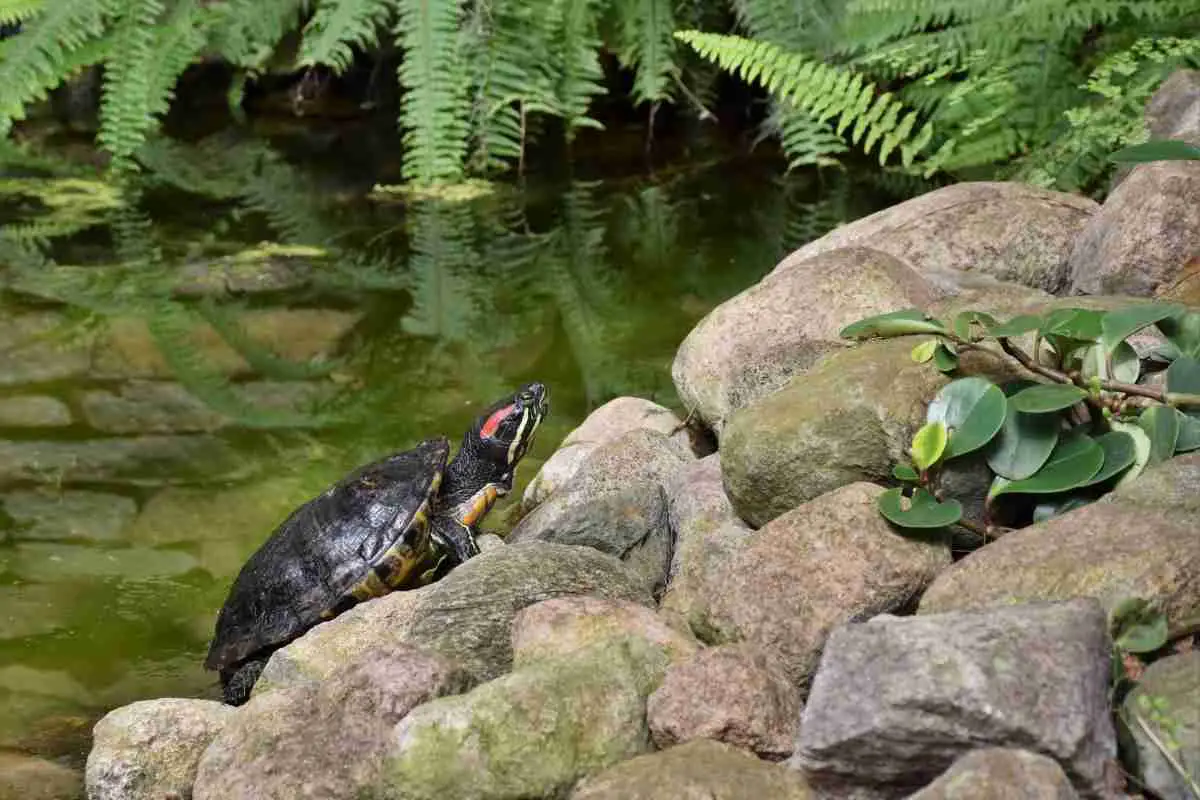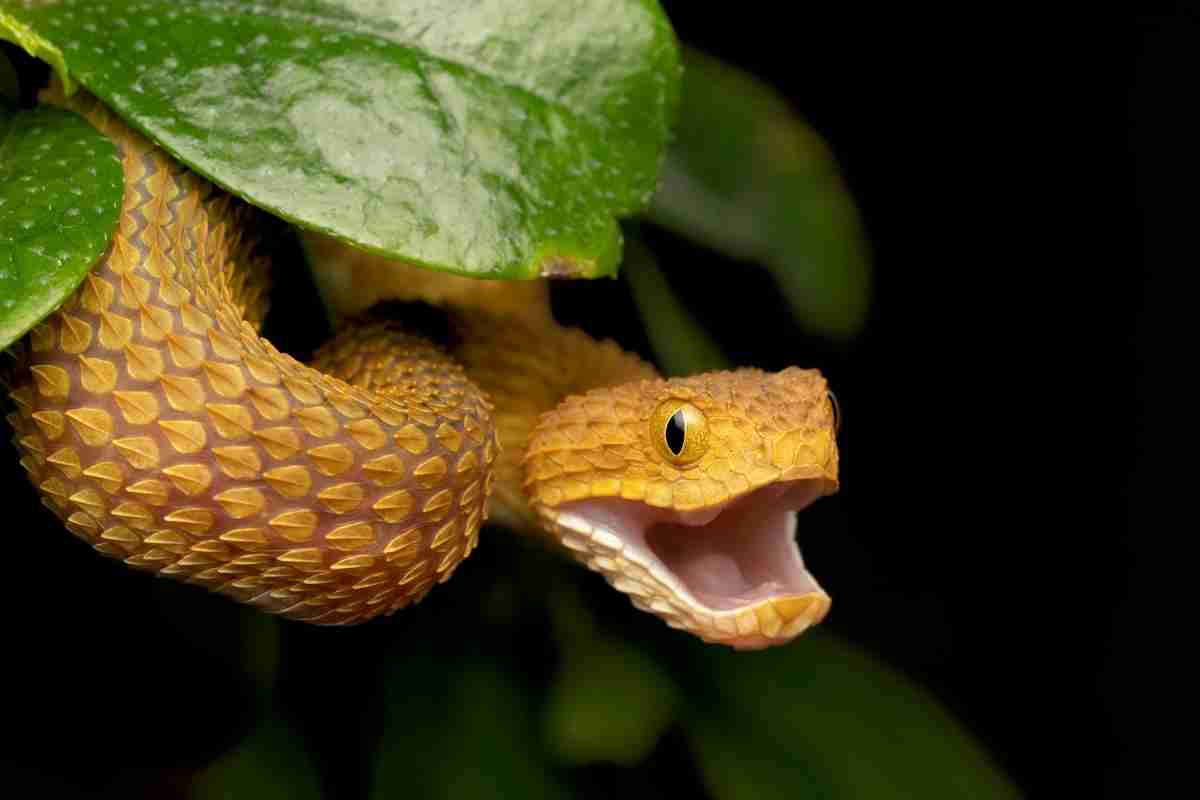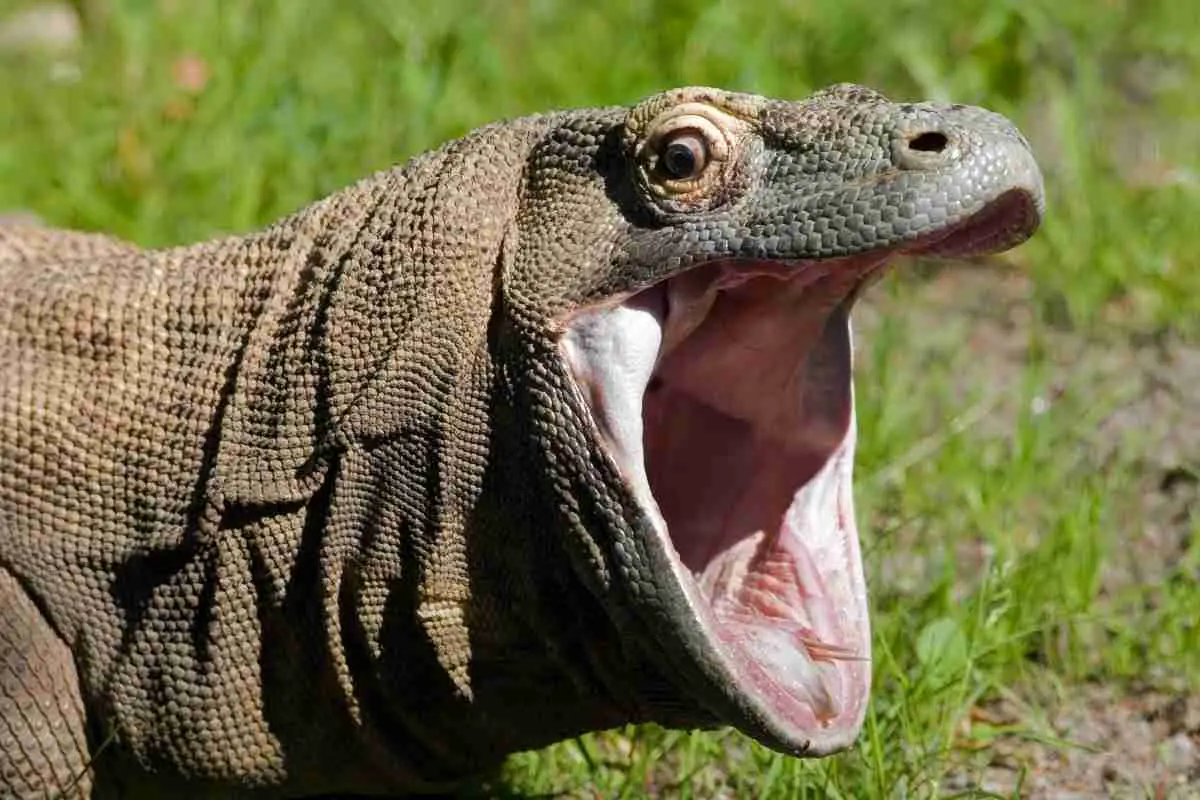Can Red-Eared Sliders Eat Watermelon? If you have a red-eared slider then you are probably wondering can they eat watermelon? and most importantly is it healthy for them?
Watermelon is a great fruit for us humans it has a nice sweet taste and is packed with antioxidants, but can red-eared sliders get the same benefits from eating this fruit?
Well, the first thing you need to know is that a red-eared slider’s diet mainly consists of insects, vegetation, and fruits.
They tend to eat more insects when they are in their juvenile stage as they need that boost of protein to help with shell and muscle growth.
The answer to this question is yes, red-eared sliders can eat watermelon, but it’s very important that you mix it with other foods so they can maintain a balanced diet.
Is Watermelon Healthy For Red Eared Sliders?
The good news is yes! watermelon is indeed healthy for your slider, but again, only if you are mixing it with other foods.
Watermelon is a great source of nutrients for red-eared sliders. It contains vitamins A, and C, as well as minerals like magnesium, and potassium, all of which help keep your slider healthy and strong.
Watermelon is also a good source of antioxidants which can help protect your slider from disease. So go ahead and give them a slice or two of watermelon to snack on!
Watermelon Can Also Help With The Following:
- Improve Digestion
- Keeps Them Hydrated
- Helps Relieve Muscle Soreness
- Can Improve Heart Health
- Give Your slider A Healthy Shell
So not only does watermelon taste great, but it offers a wide range of health benefits for your slider as well.
Related Article:
Nutritional Value In Watermelon
Watermelon is definitely a good choice for your slider’s diet, however, feeding them this fruit exclusively is not a good idea. A red-eared slider needs a balanced diet that includes protein, carbohydrates, vitamins, and minerals.
Watermelon contains some of these nutrients but it’s not enough to meet all their nutritional needs. This is why it’s important to mix watermelon with other foods.
To give you an idea of how nutritious watermelon is, let’s break down some of the nutrients it contains.
| Nutritions | Per Single Cup |
|---|---|
| Energy | 46.2 |
| Fiber | 0.6g |
| Calcium | 10.8 mg |
| Carbohydrate | 11.6g – Including Sugar |
| Phosphorus | 16.9 mg |
| Magnesium | 15.4 mg |
| Potassium | 172 mg |
| Vitamin C | 12.5 mg |
| Phytosterols | 3.08 mg |
| Choline | 6.3 mg |
| Lycopene | 6,980 mcg |
| Vitamin A | 43.1 mcg |
| Beta carotene | 467 mcg |
| Lutein & zeaxanthin | 12.3 mcg |
| Folate | 4.6mcg |
Can Red Eared Sliders Eat The Watermelon Rind?
The best part of a watermelon is definitely the fleshy red inside and that’s what your slider should be feasting on! The rind does have some nutritional benefits, but it doesn’t compare to the delicious fruit.
If you can remove the rind then you should! however, if you find this part a bit tricky then you can feed it to your slider but in moderation.
You should also remove the hard green skin as this will have no benefit for your red-eared slider!
Related Article:
What About The Seeds?
Seed on the other hand is a different story! These are not recommended for red-eared sliders because they don’t have the enzyme needed to digest seeds.
Seeds are also a choking hazard so it’s best to remove them before feeding them to your slider. The flesh of the watermelon is very soft so removing the seeds should be quite simple.
The best way to remove the seeds is by cutting around them and scooping out each seed with your fingers or using a spoon if you prefer.
How To Prepare Watermelon For Red-Eared Sliders
Now that you know all about watermelon and whether or not red-eared sliders can eat it, let’s go over how to prepare it for them.
How To Prepare Watermelon For Red-Eared Sliders:
- Wash The Watermelon
- Then Cut Into Slices
- Remove The Seeds
- Remove The Green Skin
- Serve In A Bowl Or By Hand
The first thing you should do is wash the watermelon thoroughly to remove any pesticides or leftover dirt. Although your turtle won’t be eating the skin it’s still a good idea to clean it.
Then cut the watermelon into slices and remove any seeds. then, remove the outer skin as it’s not good for your slider.
Now that you have your fresh red fleshy goodness it’s time to give it to them! If they are really hungry then let them eat a nice chunk, but if they are just snacking then give them a few small slices.
Remember to mix it up with other food items in their diet so they can get the complete nutritional package.
How Often Should You Feed Red Eared Sliders Watermelon?
Watermelon is a great snack for red-eared sliders depending on the age of your red-eared slider but you don’t want to overdo it!!
Feeding them watermelon once or twice a week should be plenty. You can also give them other fruits and vegetables, as well as insects, to mix things up.
Just remember, if you feed your red-eared slider too much watermelon it can have the opposite effect. So be careful!
What Happens If You Feed Them Too Much Watermelon?
If you feed your slider too much of this fruit over long periods of time then it can cause a number of health issues primarily in younger red-eared sliders.
When they are younger, their organs and bones have not formed completely so it is important to make sure you don’t give them too much watermelon or other fruits for that matter.
Because watermelon lacks protein this can lead to a host of health issues such as bone deformities, shell softening, abnormal shell growth, a decrease in red blood cells, and death!
Bone Deformities
Turtles are especially susceptible to bone deformities when they eat foods that don’t have enough calcium and vitamins in them. Foods with too much water content can also result in bone deformities.
A turtle that is suffering from calcium deficiency or malnutrition will most likely need calcium supplements, vitamins, and minerals to help the bones replenish themselves.
It is important to consult with a veterinarian if you are unsure about your slider’s diet.
Abnormal Shell Growth
If your slider’s shell growth seems to be abnormal, you should take it to a vet. There are many reasons why a turtle’s shell may not grow correctly and some of them are treatable.
This deformity is called (Irregular shell growth) and is due to malnutrition or calcium deficiency, if this is the case then supplements will be needed to help the turtle recover.
Shell Softening
A softshell can be caused by various things such as dehydration, poor nutrition, and even genetics. for example, although melon contains plenty of juice naturally you would think that this would keep the slider hydrated right?
“But” because they will be consuming too much liquid this can cause diarrhea for the turtle that can make them dehydrated instead.
This can cause problems with their shells as well as other things such as organ failure if not treated promptly.
Decrease In Blood Cells
If your slider’s red blood cells are decreasing, it could be due to malnutrition or anemia. Anemia can be caused by a deficiency in iron, vitamin B12, and folic acid.
If you suspect that your slider has anemia, you should take it to a vet for treatment. Malnutrition can also lead to other health problems such as liver disease and kidney failure.
Can Baby Red Eared Sliders Eat Watermelon?
Yes, baby red-eared sliders can eat watermelon. But, it’s important to remember to mix it with other foods in their diet so they can get the complete nutritional package.
Insects and vegetation are a good source of protein for juvenile red-eared sliders as they help with shell and muscle growth.
However, juvenile red-eared sliders require more protein than watermelon can offer, so it is important to feed them more insects to give them to protein boost.
Other Fruits Similar To Watermelon
The red-eared slider can also eat other foods that are similar to watermelon. One of which is “honey melon” which has a similar nutrient and water content to that of watermelon so you can use it as an alternative treatment for your red-eared slider.
It should be noted, however, that there may be some slight differences in the nutrients provided by each fruit but still good for them nonetheless.
Other alternatives include cantaloupe (also high in water), apples (for vitamin A and other vitamins), bananas (high in potassium), and even grapes!
Just like with humans, fruits should make up only part of their diet though – they need protein too! So remember to feed your turtle other foods such as insects or fish along with these yummy treats every once in a while!
Conclusion
So there you have it! Everything you need to know about watermelon and red-eared sliders. Can they eat it? Yes! Should they eat it? Yes, but in moderation.
How should you prepare it for them? Wash, slice, remove seeds and then serve. Just remember to mix it up with other food items in their diet to ensure they are getting all the nutrients they need.




